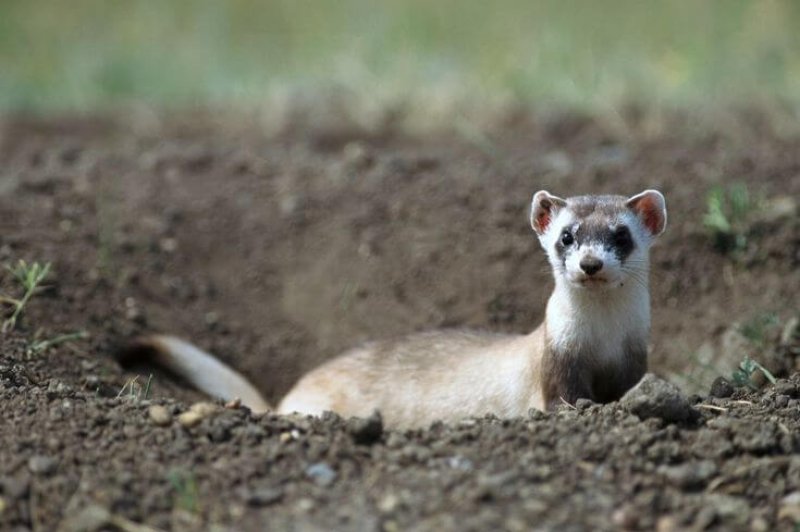[Endangered black-footed ferrets] are especially susceptible to plague. While many of us have not given much thought to plague since our medieval history class, the bacterium responsible for this deadly disease—Yersinia pestis—is very much alive and well.
…
Right now, conservationists have to individually vaccinate each black-footed ferret against plague… Genetic engineering provides a shortcut. Instead of relying on the time-consuming process of B cells multiplying, scientists can insert the genetic code to make an anti-plague antibody into an animals’ DNA and then instruct any cell type to make these antibodies.
[Molecular biologist Bridget] Baumgartner says that if this genetic engineering is successful, it will not only keep the ferrets from dying of the disease, it will also keep them from transmitting it. While engineering plague resistance in the black-footed ferret is largely for conservation purposes, blocking transmission is an important factor if scientists ever want to apply this technique to other species in order to protect humans.
Perhaps in the future, this genetic engineering trick could be applied to other animals that transmit plague to humans (either through bites or via fleas)—like prairie dogs in the United States, black rats in Madagascar, or great gerbils in Kazakhstan.
Read the original post































